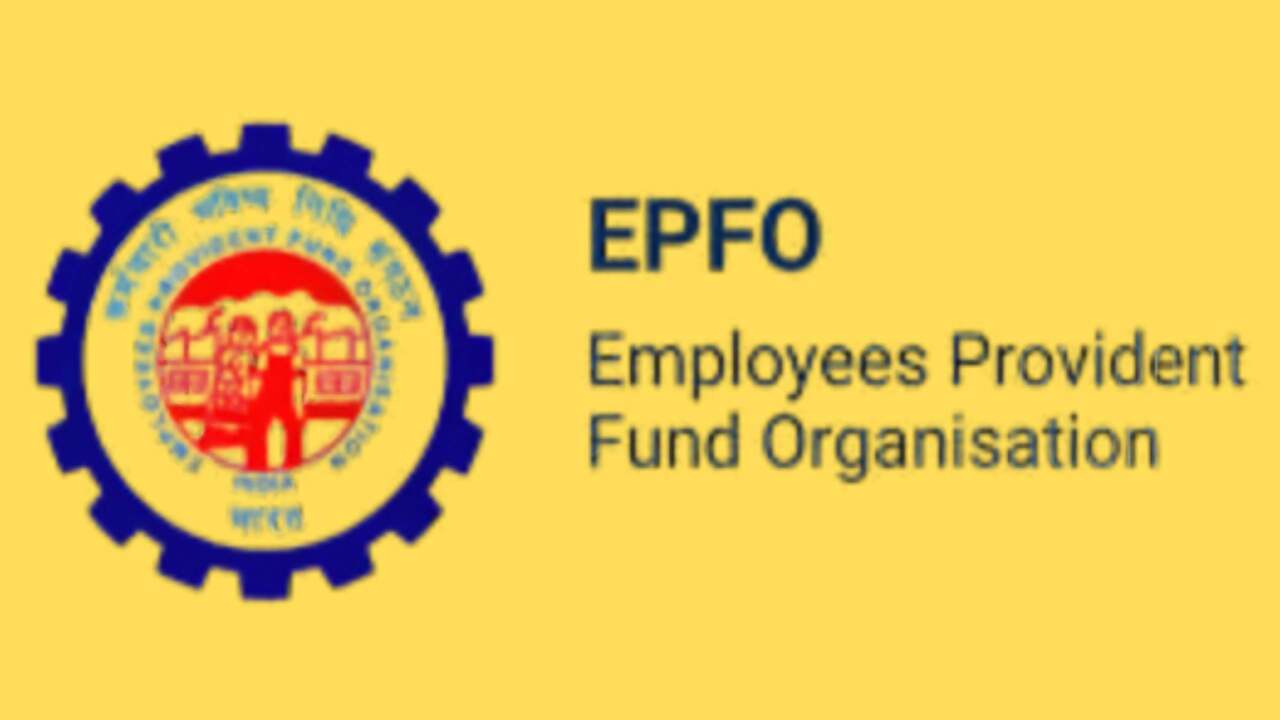There are strict regulations and potential penalties associated with withdrawing provident fund funds prior to retirement.
According to official standards, the Employees’ Provident Fund Organization (EPFO) has lately issued a warning to its members against utilizing their provident fund corpus for unlawful purposes. The warning comes on the day of EPFO 3.0, a new online site designed to speed up withdrawal and associated services. EPFO did clarify, nevertheless, that members who use their PF resources for illegal schemes risk fines and recovery action.
What early withdrawal entails
The term “premature withdrawal” describes the partial or whole withdrawal of monies from the Employee Provident Fund before to retirement. Although the EPF Scheme, 1952, allows for exceptions to certain withdrawals, any departure is illegal. For instance, withdrawal for an unspecified reason not covered by the plan might lead to action. The PF corpus must be used as a long-term retirement buffer rather than a short-term source of liquidity, according to the reasoning.
When withdrawals are permitted
Certain situations in which partial withdrawals are allowed are governed by EPFO regulations. Medical emergency, more education, marriage costs, home building or acquisition, and housing loan payments are a few examples. Only when a worker retires or has been jobless for more than two months is a full withdrawal feasible. There is a two-month waiting period once a member resigns. Members should be aware that tax and TDS are due when the service is for less than five years.
An explanation of the recovery process
EPFO has the right to recoup the money plus interest if it is subsequently abused after being taken out for a permitted purpose. The EPF Scheme, 1952, states that it is a misuse if a member withdraws money to construct a residence but utilizes it for another purpose. For three years or until the whole misappropriated amount, plus punitive interest, is reimbursed, whichever comes first, no further withdrawals are permitted in this case.
Why savers find it vital
Contributions to provident funds are a component of an employee’s retirement savings. EPFO forces its members to hold onto their retirement funds via stringent withdrawal policies and penalties. Although it is flexible in certain circumstances, members must understand the terms. As long as penalties and tax obligations offset the savings, using the PF corpus for emergencies might lead to financial ruin in the road.
Frequently Asked Questions
If I quit my employment, would I be able to take my PF balance back?
Yes, but only after being unemployed for at least two months. You cannot instantly remove the corpus for resignation. Before you can take out the whole amount, you have to wait two months.
Before five years, is a PF withdrawal taxable?
Indeed. If a member withdraws their PF corpus before five years of continuous service, the corpus is tax deductible. The EPFO regulations allow for the deduction of TDS at the source as well.
What happens if I take advantage of an early withdrawal?
EPFO has the power to recoup the whole amount plus punitive interest if it discovers that funds taken out for a legitimate purpose have been abused. Withdrawals in the future can be suspended for three years or until the healing process is finished.

